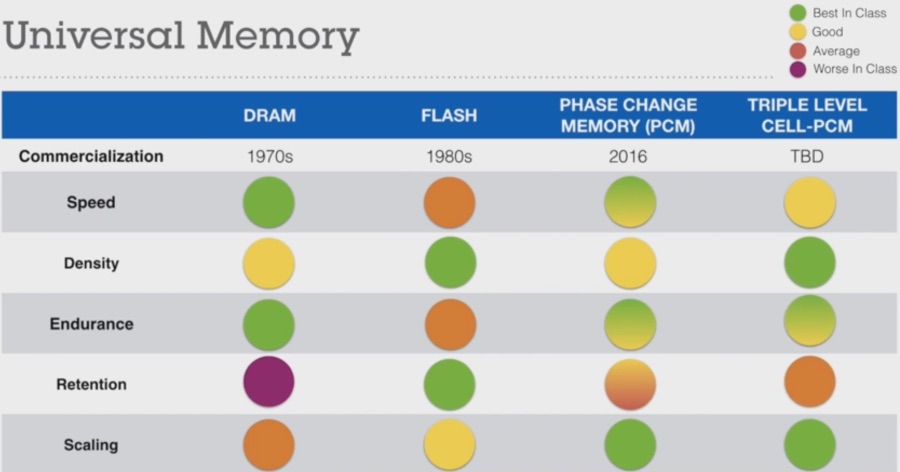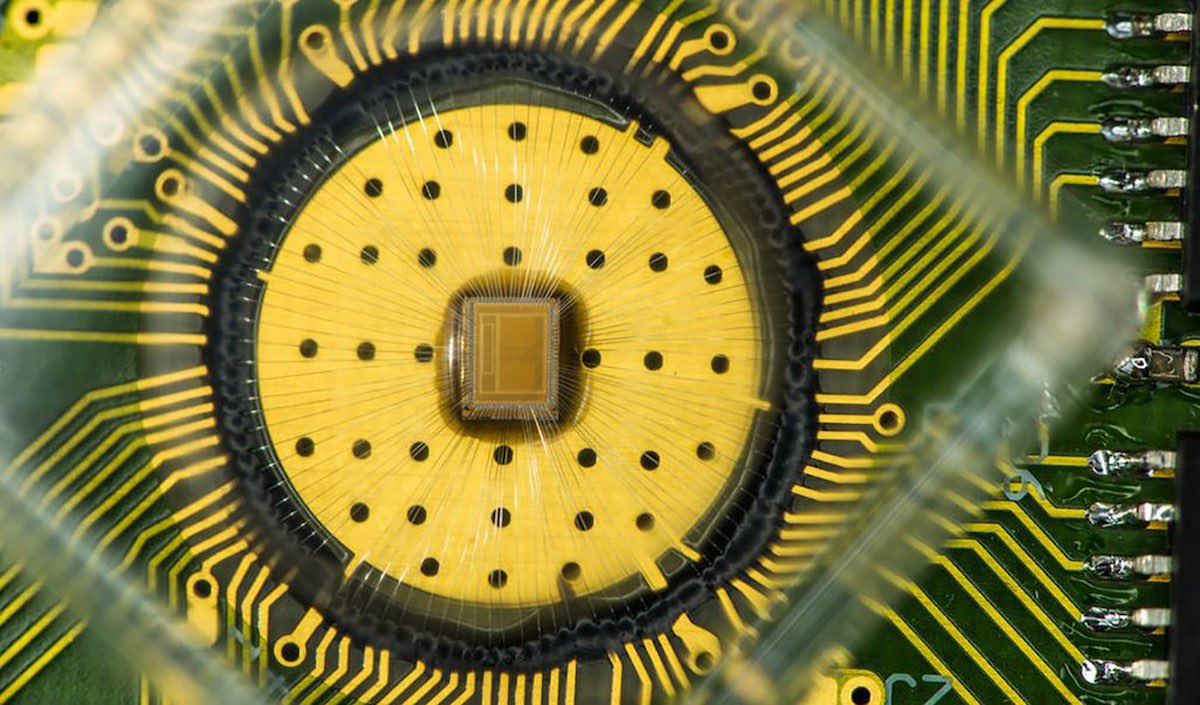Scientists over at IBM have discovered a faster and more cost effective optical memory standard that bests even the likes of non-volatile flash memory. The company dubs it as “phase-change memory” (PCM) and it has been around for quite a while now, but was underdeveloped. What makes IBM’s breakthrough interesting is the fact that it has discovered a way to store 3 bits of data per PCM cell.
Prior to this, PCM was only able to retain about 1 to 2 bits of data per cell, making it not as efficient as, say, a TLC (triple level cell) NAND flash memory – more expensive too. Now that IBM has figured out a way to store 3 bits of data in a single PCM cell, phase-change memory will now be capable of speeds up to 50 times better compared to the typical NAND flash memory.

What this means for consumers is that soon, DRAMs could eventually be replaced with phase-change memory. Not only does IBM expect PCM to be priced lower than DRAM and flash, it can last longer too. Currently, flash memory modules can endure 3,000 write cycles before degrading; PCM currently tops out at a minimum of 10 million cycles.
Think of it this way: future smartphones using phase-change memory as its primary cache will see a ridiculously fast boot time, all thanks to PCM’s read speeds of less than one microsecond – flash currently needs 70 microseconds to read data. And that’s just one of the many, many benefits that’ll come once PCM becomes a standard.

Whilst there is a long way to go before we see PCM memory being implemented in consumer-related products, it’s good to see IBM striving to improve on a technology that could provide a much needed leap in the filed of non-volatile memory.
(Source: IBM Research via Engadget , ExtremeTech , ScienceAlert)
Follow us on Instagram, Facebook, Twitter or Telegram for more updates and breaking news.



